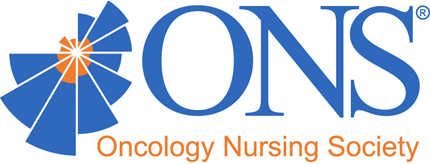Cancer Chemotherapy-Related Symptoms: Evidence to Suggest a Role for Proinflammatory Cytokines
Purpose/Objectives: To provide an overview of the evidence that supports a role for the proinflammatory cytokines interleukin-1β (IL-1β), tumor necrosis factor-α (TNF-α), and interleukin-6 (IL-6) in the etiology of cancer chemotherapy-related symptoms.
Data Sources: Electronic nursing, psychology, and medicine databases; online meeting abstracts; and personal experimental observations.
Data Synthesis: Substantial evidence implicates the proinflammatory cytokines IL-1β, TNF-α, and IL-6 in the etiology of chemotherapy-related anorexia, cachexia, anemia, pain, sleep disturbance, fatigue, and depression.
Conclusions: Further investigation into the role of these cytokines in the genesis of chemotherapy-related symptoms is warranted. The development of appropriate animal models likely will be key to under-standing the relationship among cancer chemotherapy, proinflammatory cytokines, and symptoms.
Implications for Nursing: Nurses traditionally have been leaders in symptom management. The symptoms experienced by patients under-going chemotherapy have a profound negative impact on quality of life and patients' ability to receive prescribed treatments. An understanding of potential mechanisms underlying the physiologic and behavioral consequences of chemotherapy administration will aid nurses in the development of interventions to effectively manage chemotherapy-related symptoms.

